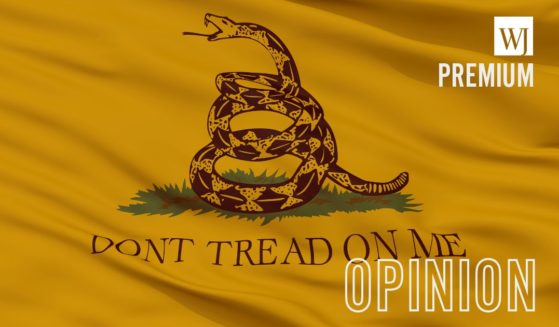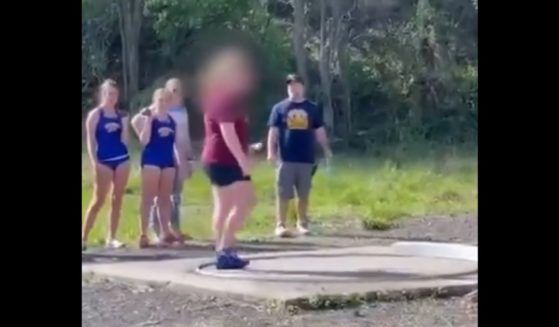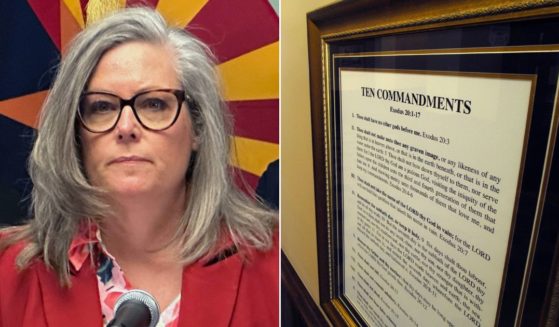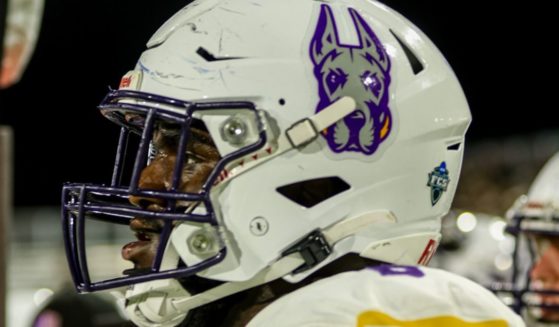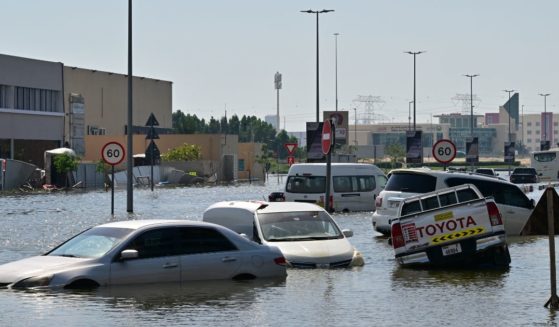'Nothing Like We've Ever Seen Before': News Cameras Capture 'Fire Tornado' Emerging from Wildfire
A massive “fire tornado” erupted Wednesday as a brush fire roared through parts of Los Angeles County.
The so-called “Sam Fire” was first reported at about 4 p.m. and originally involved four acres, according to the Los Angeles Times.
The fire, located in Gorman, grew to about 150 acres, according to the Los Angeles County Fire Department. At about 7 p.m., officials said the fire was no longer spreading.
The fire was later reported as being 60 percent contained, with no structures immediately threatened, according to KTLA.
More than 200 fire personnel were fighting the fire, the Times reported.
At about 5 p.m., KTLA’s aerial cameras observed a fire tornado. One member of the crew said, “It was incredible to see.” He also claimed the fire tornado was “nothing like we’ve ever seen before.”
A video posted to Twitter by the station included one passenger in the helicopter calling the fire tornado the “biggest one I’ve ever seen.”
Incredible Sky5 video of a #firetornado at the #samfire in northwestern Los Angeles County. #BREAKING https://t.co/uLGGSWJasU pic.twitter.com/JRsWMzLGzm
— KTLA (@KTLA) August 11, 2022
LA County Fire Department’s Air Operations Section posted an image of the fire, citing “dry, receptive fuels and erratic winds from intense surface heating” as leading to the spread of the fire.
Short range spotting and fire whirls on the #SamFire tell the story of dry, receptive fuels and erratic winds from intense surface heating. With @LACoFD @NWSLosAngeles pic.twitter.com/KuXgyiz5bE
— LACoFireAirOps (@LACoFireAirOps) August 11, 2022
A fire whirl is created when hot air flows upward and begins to spin. As it spins, ash, smoke and embers are collected to form a spinning vortex.
A different sort of disaster took place in northern California, where the “McKinney Fire” burned more than 60,000 acres near the Oregon border, followed by thunderstorms that caused massive mudslides into the Klamath River, according to KGW.
Here’s some exclusive video, that I just received from a source who wished to be “unnamed”, of what firefighters near the #McKinneyFire were having to deal with yesterday with all the debris flows from rain ??. #weather #Rain pic.twitter.com/0TGYVUsjER
— Brett Austin Taylor (@Brett_Taylor94) August 4, 2022
The mudslides and other debris cut off the oxygen for fish in the river, said Craig Tucker, the natural resources policy advocate for the Karuk Tribe.
“You really couldn’t go upstream to investigate things thoroughly because of active fire activity. The highway’s closed 50 miles up the road, but our fisheries program at the crew tribe launched into action, went as far up as they could — about 20 miles upstream from Happy Camp — and were really devastated by what they saw Friday and Saturday,” he said.
“Tens of thousands of dead fish were floating in the river, filling up every eddy.”
Truth and Accuracy
We are committed to truth and accuracy in all of our journalism. Read our editorial standards.


